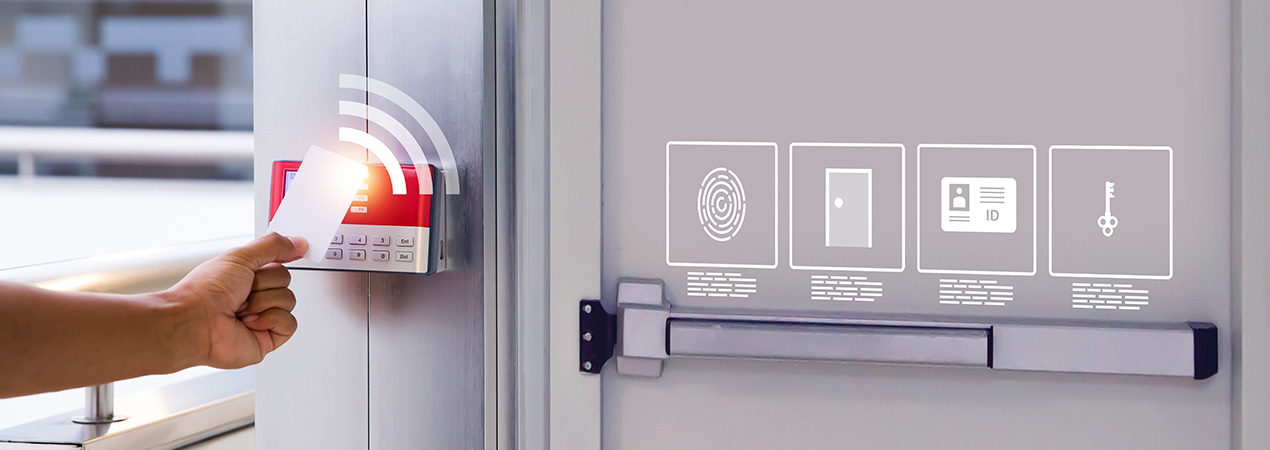From single devices to comprehensive solutions, physical security systems are network-centric and require due diligence when implementing.
The security industry stands at a technological crossroads where the promise of edge computing is transforming how we process and analyze data from security devices. As organizations deploy more Internet of Things (IoT) devices for applications like gunshot detection and license plate recognition, the need for real-time processing at the edge has become critical, driving innovation in how security systems operate and interact. This transformation is reshaping traditional approaches to security infrastructure and creating new opportunities for enhanced protection.
“Edge compute simply means being able to process at the edge, at high capacity and low latency to give the user a real-time outcome,” said Adair Grover, CEO at Wi-Fiber, a company specializing in network solutions that deliver real-time cloud computing to the edge. “How this happens doesn’t really matter — what matters is the result.”
The Rise of Single-Function Edge Devices
The first wave of edge computing in security arrived through single-function devices. These purpose-built solutions offer organizations an affordable, straightforward way to add specific capabilities to their security systems without requiring extensive infrastructure upgrades or complex integration efforts. This approach has proven particularly valuable for organizations looking to enhance their security capabilities incrementally.
Common applications include:
- License plate recognition cameras that process vehicle data locally
- Gunshot detection sensors that analyze audio signatures
- Access control readers that process credentials at the door
- Weapon detection systems that analyze video data for potential threats
- Environmental sensors that monitor for hazardous conditions
- Facial recognition systems for authorized personnel verification
- Perimeter detection devices with on-board analytics
While these solutions serve their intended purposes well, they create new challenges as organizations expand their security capabilities. The proliferation of single-function devices often leads to management complexity, increased maintenance requirements and potential gaps in security coverage. Organizations frequently find themselves managing multiple disparate systems, each with its own interface, maintenance requirements, and upgrade cycles.
“Traditional single-point solutions do one thing well, but they operate independently,” said Grover. “As security needs grow more complex, managing multiple independent systems becomes increasingly difficult and can create blind spots in an organization’s security posture.”
Learn MoreCredits By: www.securityinfowatch.com





